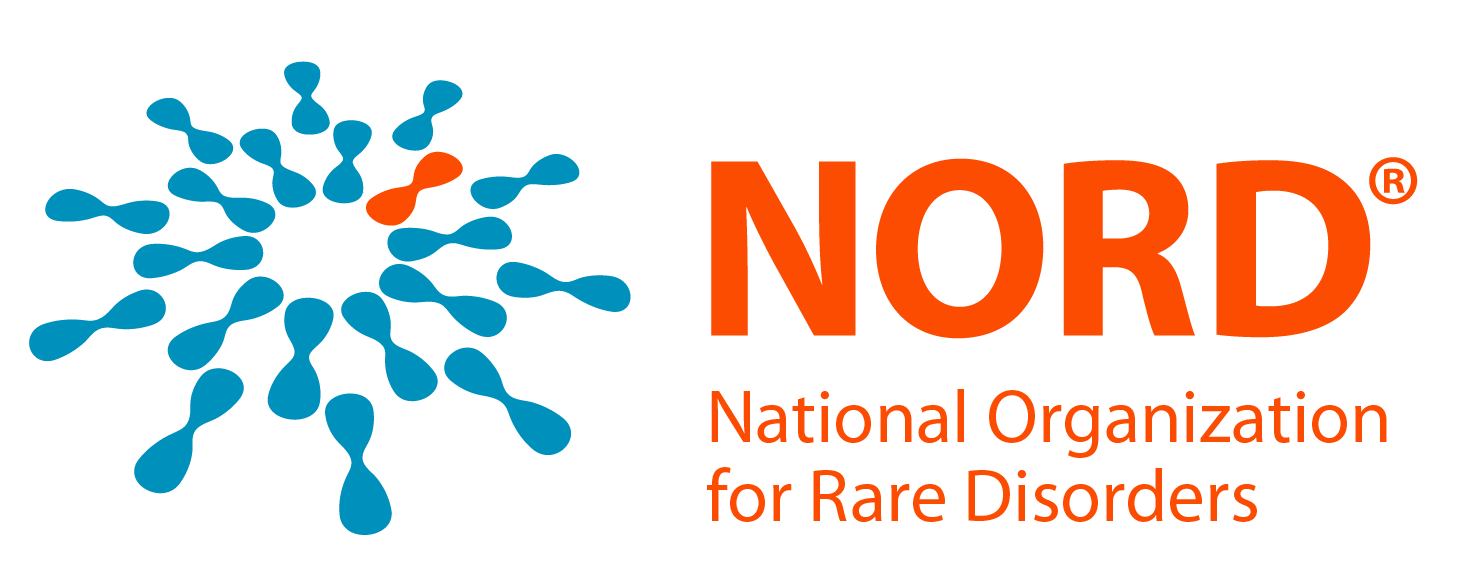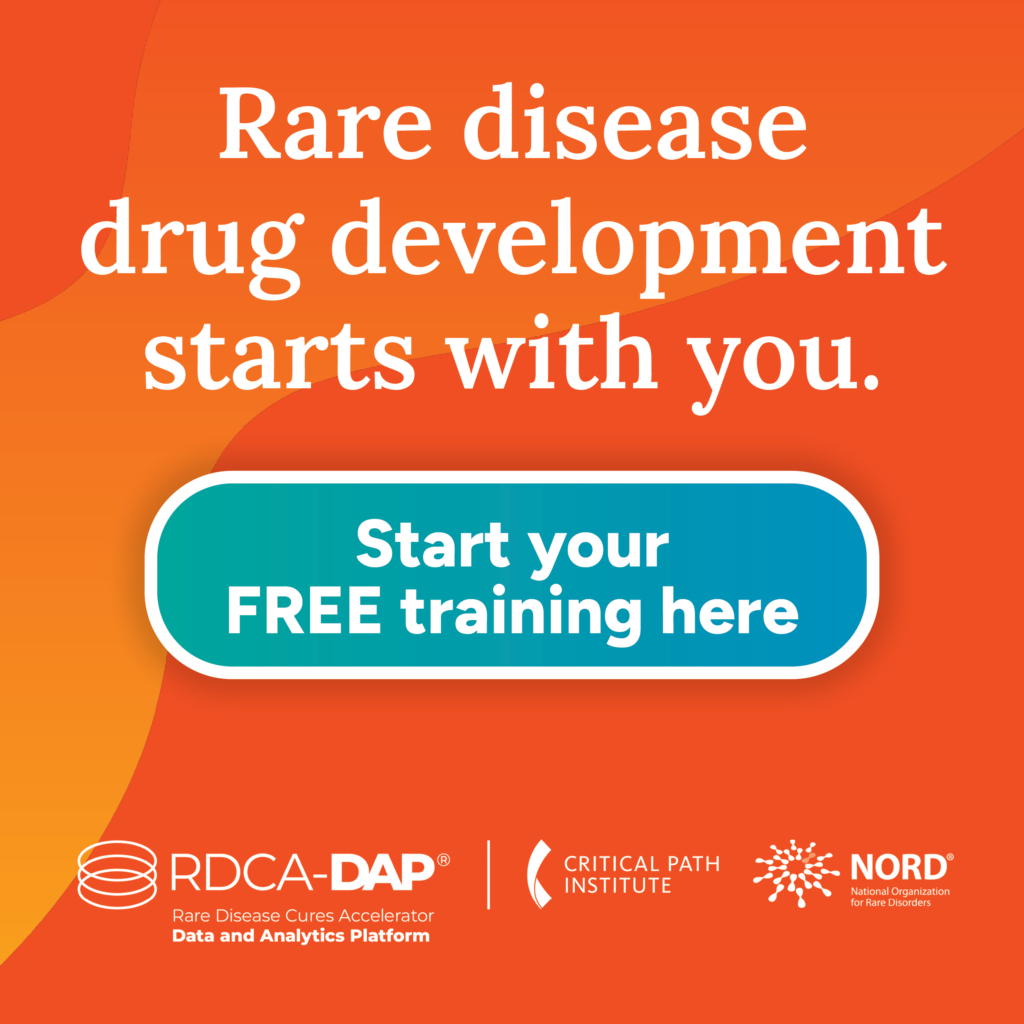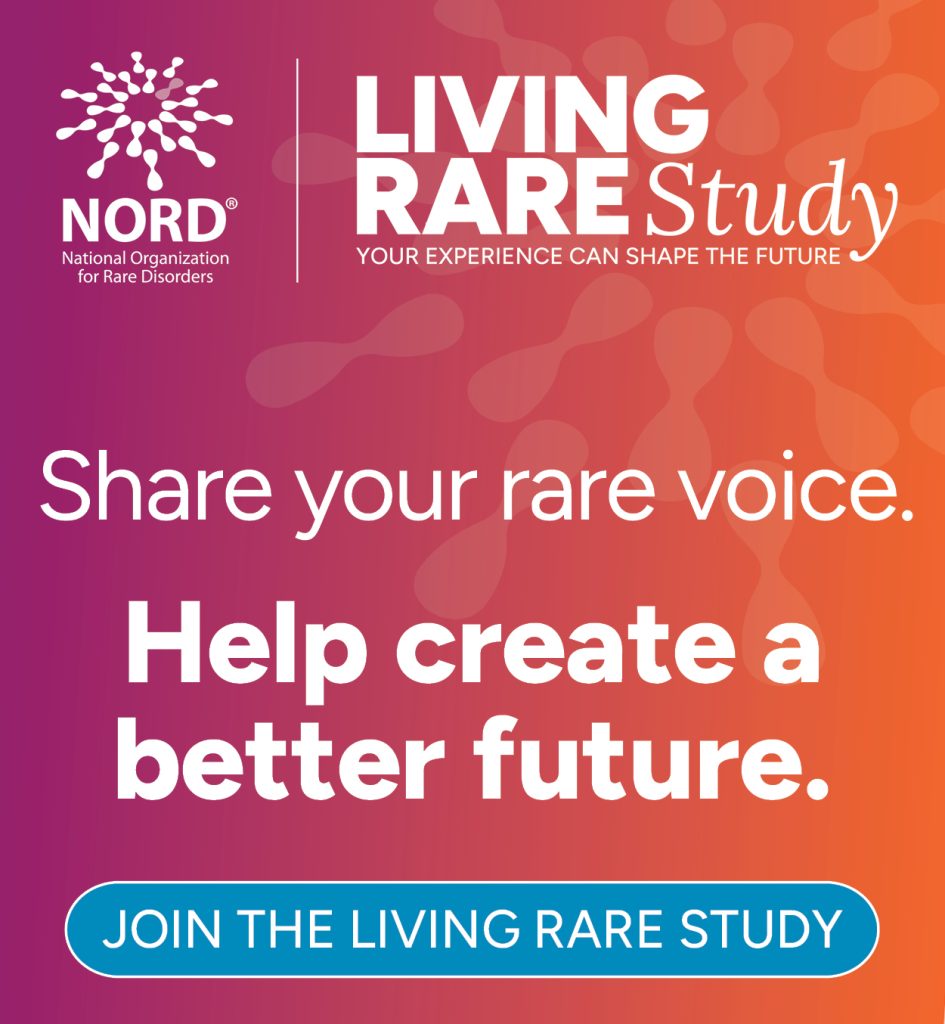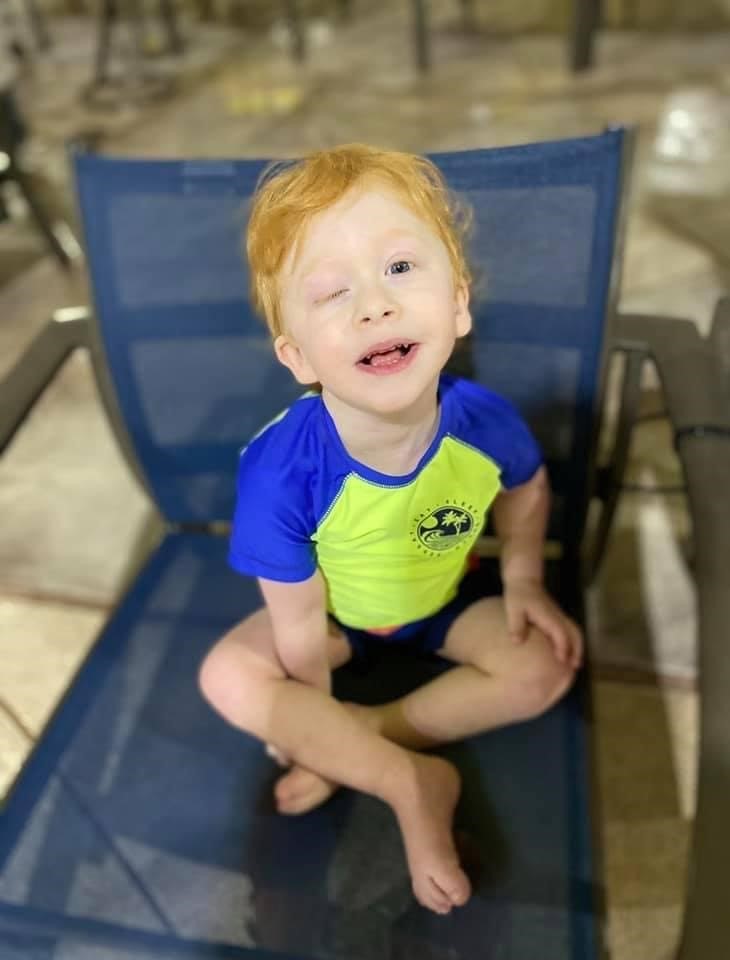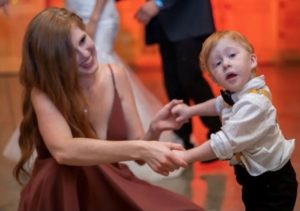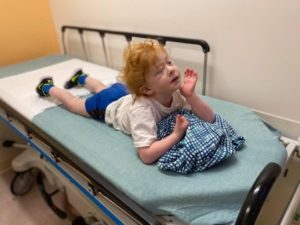Our journey to the rare disease community was somewhat lengthy, as it is for many families. The day my son Rowan was born we knew something was wrong, but it took 21 extremely long months of back-to-back testing to simply give that “thing” a name. Merely to define his symptoms so we could hopefully have this immediate manual of how to cure it, or a treatment plan at least.
Though as many of you know, that’s not often the case with rare diseases. We went through micro-array testing, brain MRIs, countless panel tests, an EMG (“Could it be SMA?, Could it be Prader-Willis syndrome?, What about CMS?, How about a myopathy?…the list goes on and on) until finally we had reached the point of whole exome sequencing.
After six long months, 182 days that seemed like an eternity awaiting results, while continuing with neuromuscular testing throughout that duration, we finally found our “one fits all; holy grail diagnosis”: Coffin-Siris Syndrome (CSS), a multi systemic connective tissue disorder. However, our geneticist’s words to follow haunted me for quite some time, “It is very rare, and we don’t know much about it. There are only 144 registered cases in the US as of now.” Though even still, that was a huge weight lifted off my shoulders—just knowing all the things that it wasn’t. At least now we had a name to define this disorder that was trying relentlessly to define my son and his future. However, that and a five-page list of encompassed symptoms is about all we did have. There was no cure, no new treatment plan, and certainly not a manual— “just continue to treat symptomatically” is what she told us, along with adding a few more specialists to our already lengthy list.
What it did give me was NORD and a community. You see, as a parent of a child with complex medical needs, Google becomes your best friend (and your worst enemy). And despite how many times each doctor specifically told me “Now whatever you do, do not Google,” of course I did just that. But along with all the terrifying things that popped up on my browser, at the very top of the list was NORD’s rare disease database, with the best and most accurate description of Rowan’s diagnosis I’ve found to date.
I spent a lot of time on that website that week and have several times since. Not only did I find the name of the one and only doctor in the world who specializes in CSS, Dr. Samantha Vergano, who would later open up a wealth of knowledge and become an integral part of Rowan’s care team, but I found a link to get involved in my state through The Rare Action Network. I suddenly felt called to do just that. If I was fighting insurance every day and educating my son’s care team every single visit on a disease that they had never even heard of, why not let my voice be heard to the right audience? I wanted to work with the people who could change outcomes and make a difference for not only my son, but families just like ours.
NORD gave me the ability to turn my fears and anxiety of the future into drive and passion. It gave me the opportunity to make a positive impact and be a part of a team to make a true difference. I immediately reached out to see how I could get involved and two weeks later I was made aware that by happenstance, the former Community Engagement Liaison was stepping down and the Ambassador was looking to fill her position. When I met with her to interview, I realized in that moment, I was not alone. When you have a child (or a sibling, or a spouse, or a parent or you yourself, are a patient) living with a rare disease, you suddenly feel isolated and alone—like no one in the world has the slightest idea of the emotional rollercoaster that you’re going through. And that, sometimes is the most terrifying part of the disease itself.
To further dive into Rowan’s journey, I had a textbook pregnancy until my 36-week appointment. I can still hear my OB’s voice echo in my ear, “How long has it been since you’ve seen your sweet baby on the ultrasound?” “Only a few weeks” I responded but she knew something I didn’t, that an ultrasound would indeed confirm. He hadn’t grown in three weeks and his baseline was very low. They rushed me to the hospital where I was induced immediately and 13 hours later, I delivered a very pale, very small, very “floppy” 4lb14oz baby boy. Shockingly, our hospital stay was only extended by a day, due to feeding difficulties and a few rapid shallow breathing episodes that they couldn’t yet explain.
That was just the start of the journey I never anticipated. Within the first four months of his life, we accumulated four specialists. Coming from a medical background, I knew this many diagnoses didn’t go unrelated. I also knew 36-weeks wasn’t really all that premature. There had to be an underlying condition. After that, it almost became a rat race between Genetics and Neurology to find a diagnosis, both convinced it was indeed genetic or neuro, one over the other without any overlay. Subsequently they both remain Rowan’s specialists to this day.
At four months old, he started physical therapy and by eight and night months old we added OT, feeding, and speech therapy into the mix. Eventually we would be referred to The Perlman Center, where he could receive all of those therapies at one location twice a week in a classroom setting with other children with a variety of rare diseases—his best friends. In the first year of life, milestones were very delayed. He underwent his first eye surgery at eight months old—he has since had two more. We saw the walls of Cincinnati Children’s Hospital and The Cleveland Clinic more than our home, just desperate to find an answer.
Sometimes not knowing what you’re dealing with is far more terrifying than knowing. The possibility of a disease potentially being progressive consumed my mind and robbed me of a lot more moments of joy than I care to admit. They were so convinced it was a very progressive form of muscular dystrophy known as Congenital Myasthenic Syndrome for such a long time. I couldn’t fathom having to watch him slowly regress over an extended period—to finally accomplish these milestones just to go backwards and lose those capabilities and body functions by the young age of 5 or 10 years old.
Regardless of those emotions that seemed to hit in waves, I was determined to never set limitations or boundaries on Rowan. Despite what the doctors told us, I was still going to at least try. They said he wouldn’t walk until he was four years or older. They said there was a good chance he’d never talk. And they said he would be very cognitively delayed due to abnormalities in his brain.
I am here to tell you, he proved them all very wrong and he continues to prove them wrong daily.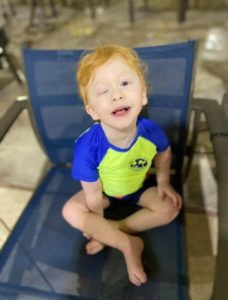
At 13.5 months he could sit independently, and over the next several months following he began to learn how to walk with a gait trainer. The week of his second birthday we lost his wheels, and he began to walk INDEPENDENTLY! Shortly after we graduated out of SMOs. He began to say a few words and use them appropriately and can problem solve better than anyone I know.
Though with victories, come more hurdles to overcome. The last few years have been a doozy. Rowan’s scoliosis progressed rapidly at the beginning of the 2020. After trying TLSO bracing with no success, we started serial Mehta casting. Now every three to four months, he goes to the OR for a new half body cast, then one week off for his skin to breathe and heal. During that time, we enjoy water play, snuggles and baths galore before we do it all over again. Rowan had to re-learn how to walk when he received his first cast due to the weight and the new placement of his spine, seeing as he had learned to walk bent with a 57°curve. He also had a G-tube surgically placed that year due to bronchiectasis from silent aspirations. He had a second eye surgery that ended up in an unexpected hospital stay due to airway complications coming out of anesthesia. Two weeks later, we landed ourselves back in Cleveland at the start of COVID for an emergency surgery to reverse the one prior. Rowan’s body rejected the cadaver tissue used in his eyelid to the point it was forcing its way out of the incision. As a result, he developed a severe internal infection. He was given an autism spectrum disorder diagnosis last fall and referred into additional ABA therapy. He was diagnosed with not one, but two sleep disorders which explains so very much about my own sleep patterns over the last four years. And to shake things up, he had an anaphylactic reaction to a bee sting, adding an allergist and immunologist to our mix of specialist.
Despite all those obstacles, he did a lot of amazing, remarkable things the past couple years. He learned to RUN! They said he wouldn’t walk until he was four and he is running! He is now up to around 25 words. He can count to ten, can sort colors, stack blocks, and follow one step directions—things they said he’d never be capable of! He has 25 specialists, four therapists, and an amazing pediatrician that are all a part of our village. People always say it takes a village to raise a child and I never pictured ours quite like this but I’m very thankful for each and every one of them.
He is a miracle, and he is rare. He will continue to defy the odds and be the depiction of resilience. He is my why…Why I’m passionate about NORD’s mission and why am I proud to get to be a part of that in a small way. NORD has helped me find my voice and learn how to advocate so I can fight back. It has given me a sense of community I never would have imagined to be so large for being so rare and it has helped me find my purpose. For that I am forever grateful.
